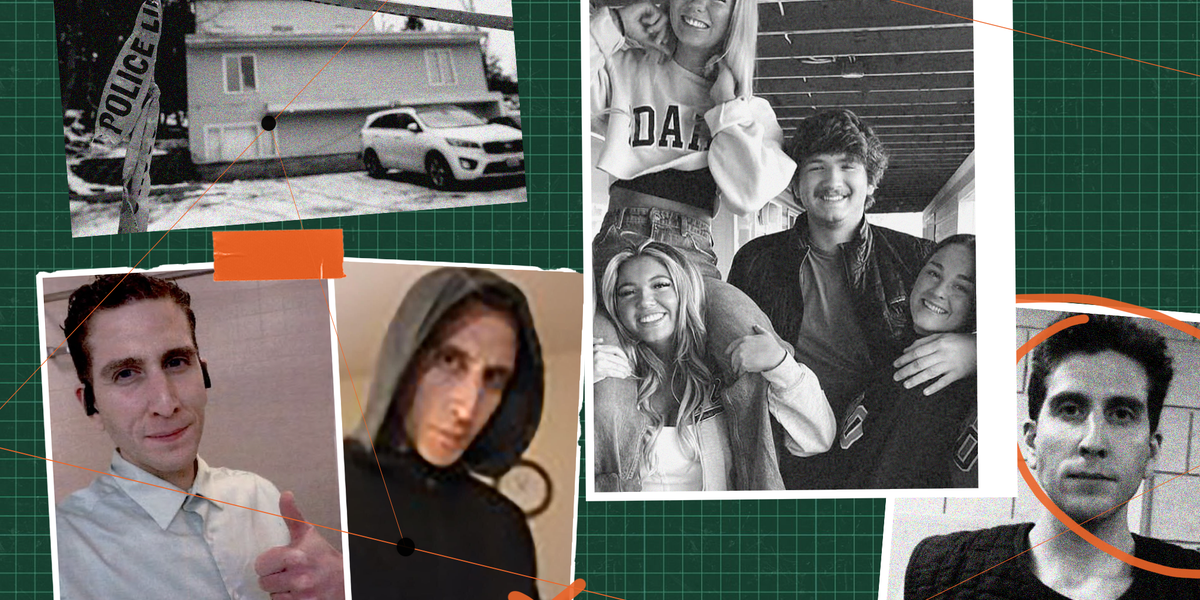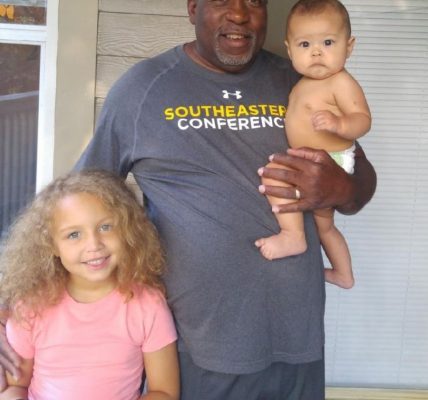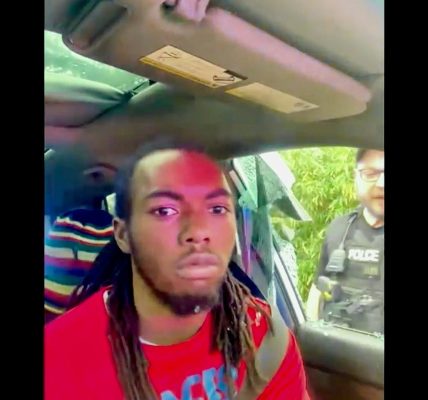A digital forensics expert who was set to testify at Bryan Kohberger’s trial says evidence shows ‘he prepared’ for Idaho murders
At 2:54 a.m. on November 13, 2022, Bryan Kohberger’s phone went dark.
The battery hadn’t died, and it wasn’t randomly powered off — it was silenced with precision. WiFi and cellular data were disabled. No location tracking on. And no background activity. A deliberate blackout during the exact window prosecutors say four University of Idaho students were brutally murdered at their off-campus home.
Two hours later, at 4:48 a.m., the phone turned back on. It would be months before investigators fully understood what that gap in activity meant.
But to the digital forensic experts tasked by prosecutors with retracing Kohberger’s steps for evidence to be used against him in his trial, the silence spoke volumes.
“What we learned is, he prepared,” Heather Barnhart, Senior Director of Forensic Research at Cellebrite, told The Independent.

Barnhart and her colleague Jared Barnhart were slated to testify at Kohberger’s trial before he unexpectedly accepted a plea deal, admitting to the November 2022 quadruple murders and receiving life without parole in July.
Kohberger was sentenced to life in prison for the murders of Kaylee Goncalves, 21, Madison Mogen, 21, Xana Kernodle, 20, and Ethan Chapin, 20, who were found stabbed to death on November 13, 2022, in the small town of Moscow, Idaho.
Digital silence – a red flag?
Now, as more details began to trickle out through previously sealed police reports and court documents, the team is revealing to The Independent what they learned about the killer through his digital footprint.
The Cellebrite team had uncovered files scrubbed from devices, searches routed through VPNs, and deep downloads about serial killers — all of which, they say, painted a chilling picture of obsession and planning.
While DNA from the knife sheath ultimately tied Kohberger to the crime scene, it was the voids in his otherwise trackable life that revealed how the killings were premeditated, the experts say.
Forensic analysis revealed that Kohberger’s phone had only four periods of total inactivity, dating back to June 2022. One of those silent moments occurred on the night of the murders.
“He didn’t just lose signal or run out of battery,” Jared explained. “This was an actual button press, power off, on purpose, and then a power back two hours later. And in the middle of that, four people were killed.”
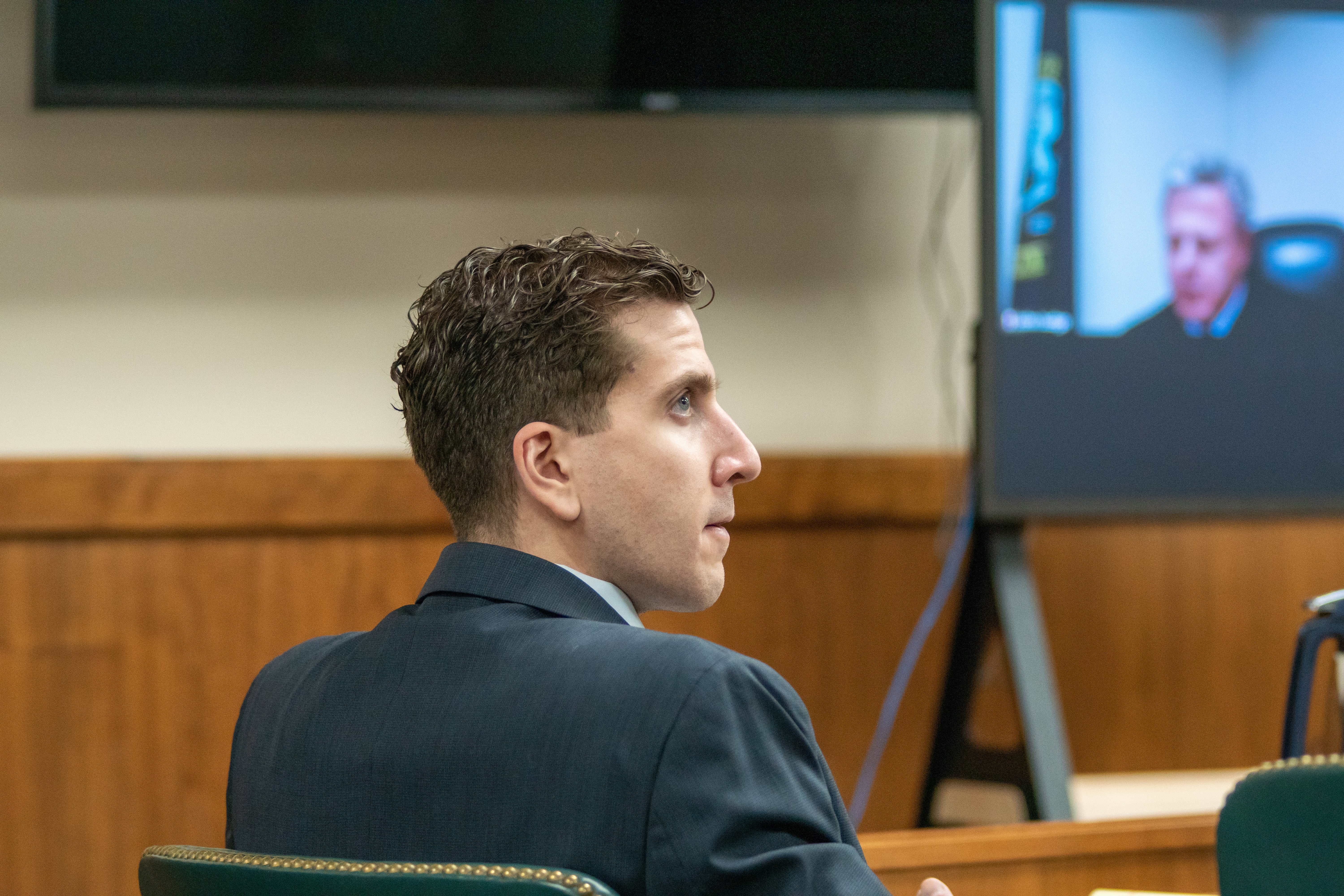
Kohberger was no stranger to killings – in theory
As a criminology PhD student at Washington State University, Kohberger had long been immersed in the study of crime. But according to the digital forensics team, his interest crossed a line, from academic to obsessive.
“He didn’t just Google these cases,” Heather said. “He downloaded full PDFs of case files. Not once, but repeatedly. He was downloading detailed reports on serial killers,” including Danny Rolling, who also murdered college students using a similar knife.
“This wasn’t casual browsing. This was meticulous research,” she added.
To determine exactly what happened during that two-hour window on the night of the murders, the Cellebrite team re-created the digital environment and studied call logs.
“Turning off your phone isn’t enough,” Heather said. “You have to disable Wi-Fi, disable cellular, then power down. And that’s what he did.”
They discovered that in the days right before and right after the murders, Kohberger disabled WiFi access on his devices and routed his traffic through NordVPN, a tool designed to anonymize online activity.
While the act is not criminal, it is abnormal, Jared noted.
“He was diligent in prep and cleanup and he made our job really hard,” Jared said. “This is someone who tried really hard to not be detected.”
His phone had joined the WiFi at the restaurant two of the victims worked at
But Kohberger failed to do a full cleanup of his phone.
Details of what the team found – including scrubbed files, private browsing, VPN activity, and obsessive downloads about other serial killers – were found hidden deep in his phone, not in a visible gallery or standard folder, but in buried file directories that required forensic tools to uncover. He had also downloaded reports on the Idaho murders and extensive searches of his victims.
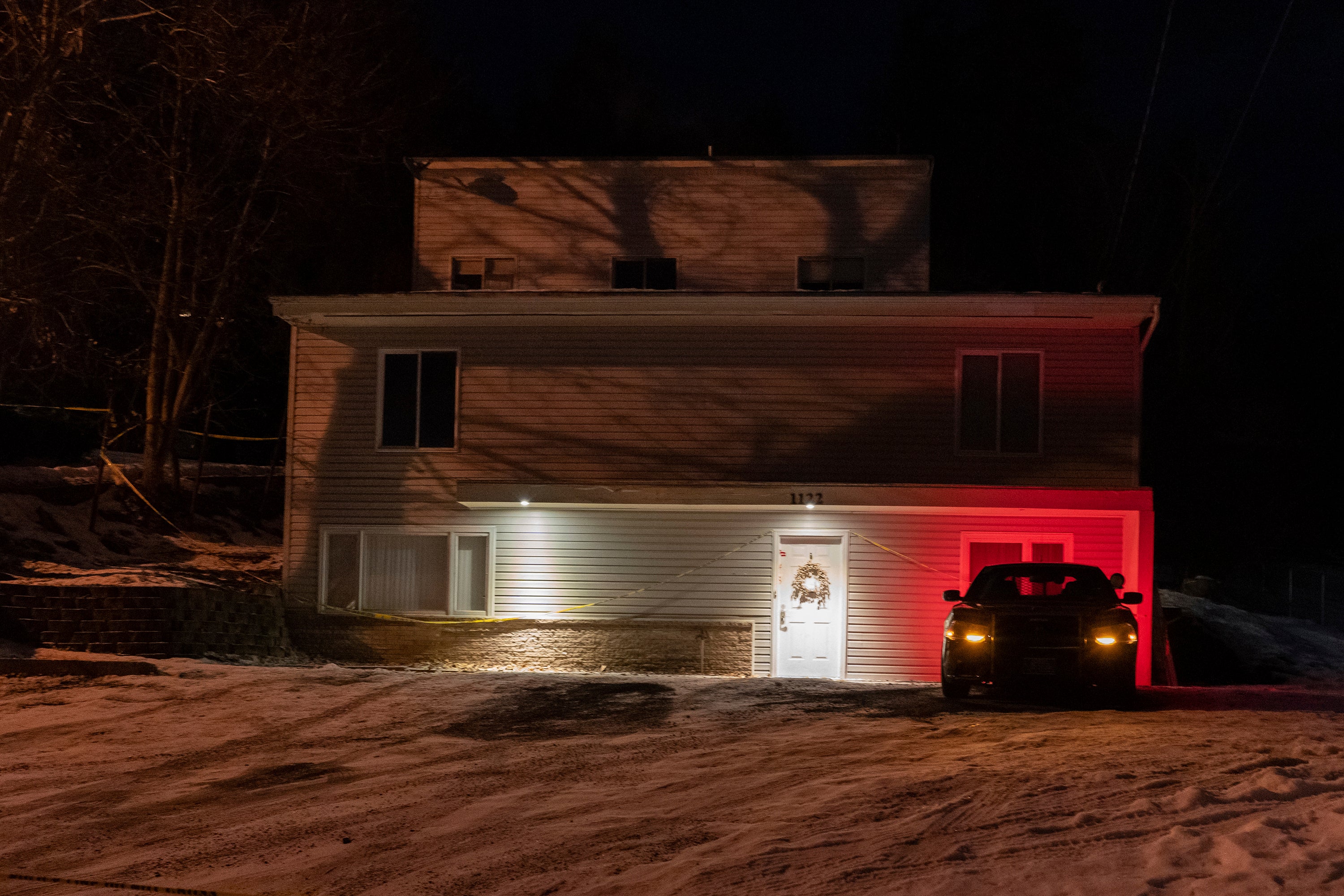
The team pointed out that despite law enforcement’s hard work, “there was a period of time from the time that the crime happened until identifying an arrest, the phone seizure and then the phone extraction,” so some of the best information was most likely wiped.
“But with time and attention, we were able to paint a picture of what he did on this night,” Jared added. “Even though some of the best stuff wasn’t there. He certainly didn’t cover all his tracks. “
Kohberger’s digital footprint also included a passive log of WiFi networks his phone sought out. On the night of the murders, before he phone was turned off, his phone was searching for WiFi signal — “and he wasn’t at home,” Jared said.
And while motive and any connection between Kohberger and the victims remains completely unknown, to the frustration of the victims’ families, there is some digital evidence that showed Kohberger may have encountered at least one of the victims previously at their workplace.
Madison Mogen and Xana Kernodle worked at local restaurant The Mad Greek as servers before Kohberger murdered them. After the killings, a fellow employee said they remembered Kohberger visiting it twice and eating vegan pizza.
So one WiFi log caught Heather’s attention when she was searching his digital footprint: the network name for The Mad Greek. Though nothing concrete tied him to the location at the time of the murders, the WiFi log suggested he had been there before, possibly more than once.
“There it was,” Heather confirmed. “His device had passively logged that network.”
No ‘smoking gun’
Unlike the DNA on the knife sheath found at the scene, the digital evidence didn’t deliver one big “aha” moment, the team said. Instead, it emerged slowly, through fractured call logs, gaps in data, and strange behavioral shifts.
“There wasn’t a single smoking gun,” Jared said. “But we found that the digital evidence told the story of preparation.”
“DNA can tell you who did it,” he added. “But the digital evidence showed us intent. And that’s what we were going to testify to.”
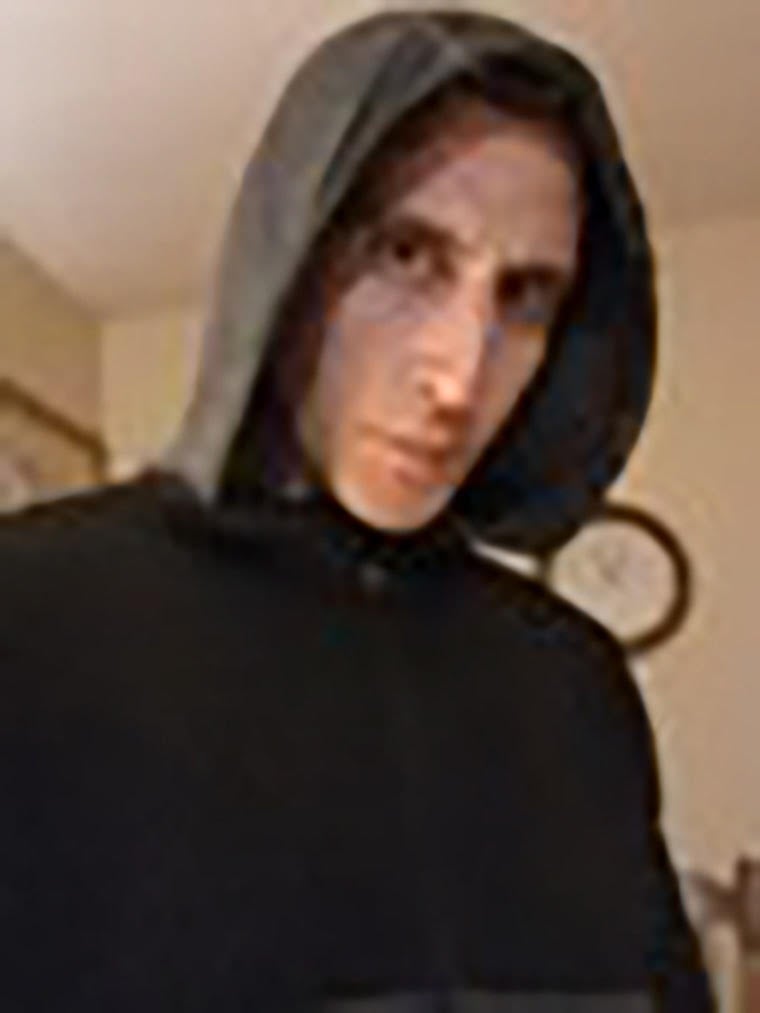
Heather emphasized that proving intent required building a baseline of “normal” digital behavior – and then watching how it drastically changed leading up to the crime.
“If you can prove normal behavior, and then go: ‘Whoa—this is completely abnormal,’ and that moment aligns with the crime… well, that’s not an accident.”
And that’s what the periods of silence showed.
His relationship with ‘Mother’
While much of Kohberger’s activity pointed to calculated isolation, one relationship remained steady — his connection to his parents.
“Starting at 6:13 a.m. the morning after the murders, he’s calling and texting his mom and dad nonstop,” Heather said. “It was incessant. But it was also one of the only things he did that matched his normal behavior.”
Even in the weeks leading up to the killings, Kohberger’s digital communications showed few signs of friends or peer connections. Jared recalled seeing only one other contact — a classmate, briefly engaged in a group chat. All other correspondence was to who Kohberger called mother, father, and sister.
“The moment we started to look at the messaging, it made me think of Bates Motel,” Jared said, referencing the horror movie Psycho. “I mean, it was like ‘mother,’ and the label ‘mother’… the constant contact with his mom. It was wild.”

On December 29, a day before his arrest, Kohberger began calling and texting his parents obsessively, just as he had on the morning of the murders. If his mom didn’t answer, he’d call his dad, they said.
That same day, Kohberger searched terms like “paranoid” “psychopath” and “wiretapping.”
“It was obviously weighing on him,” Heather noted.
The contact with his mother continued after his arrest with inmates at Ada County Jail reporting that he while he was locked up waiting to hear his fate, he spent hours on the phone with his mother.
Described by other prisoners as a “f****** weirdo,” inmates said he “would wash his hands dozens of times each day and would spend 45 minutes to an hour in the shower,” court documents stated.
Kohberger’s mother and sister were present during his sentencing . At one point during the victim impact statements his mother broke down in tears.
The only time Kohberger spoke at the hearing was to “respectfully decline” the opportunity to address the court or reveal why he committed the gruesome crimes.
‘We didn’t find the why – but we found the how’
Despite their exhaustive efforts, the forensic team never found a true “why.”
“We didn’t find the why,” Heather admitted. “We wanted to, for the families. And that was frustrating. But we found the how.”
And the how, they say, suggests it wasn’t spontaneous.
“This wasn’t someone who just snapped,” Heather added. “This was someone who planned. He didn’t accidentally stumble into this house and commit this heinous crime. It was intentional.”

